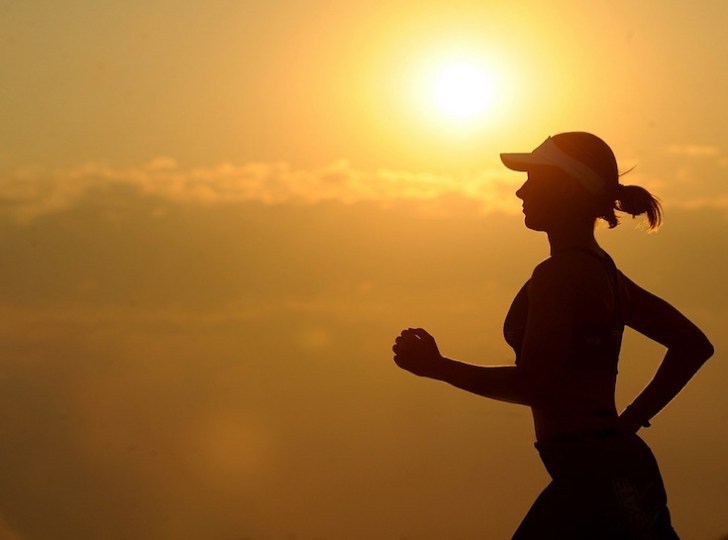There isn't one clear answer.
It’s a couple weeks into the new year, and if your resolution is to work out more (or work out at all) you are probably already well aware of the belated soreness that comes days after hitting the gym. It might hurt to lift even the lightest of objects after arm day. Or maybe your entire body aches after your yoga practice and you find yourself literally crawling up stairs because walking is too difficult (speaking from experience).
So why does this soreness occur, and why so late after your workout? Especially if you leave the gym feeling great? This question befuddles scientists as well, largely because the study of sports injuries and musculoskeletal pain is still relatively new and because DOMS are so biologically complex, so there is not a known answer.
However, there are a few theories.

Theory 1
Elaine Choung-Hee Lee, assistant professor of molecular biology and applied genetics at the University of Connecticut, told Gizmodo that the reason soreness usually peaks the following day or two after a workout is because a muscle is damaged and the repair process has begun taking place. This is called delayed onset muscle soreness, or DOMS.
“When muscle tissue is damaged, not only do resident tissue cells assist in repair and removal of damaged proteins, but also cells of the immune system localize to the damage site to facilitate tissue repair and recovery,” she said. So while immune cells, tissue cells and proteins flock to the damaged site for reparation, the tissue becomes inflamed and causes soreness.
Theory 2
Mathew Ely, a graduate employee in the Department of Human Physiology at the University of Oregon, thinks differently. He told Gizmodo the post-workout pain and soreness is caused by levels of histamine production and release during aerobic exercise, and that blocking these histamine actions will reduce the perception of muscle pain.
“Blocking of histamine actions is associated with reductions in two known neurotrophic factors (Nerve Growth Factor and Glial Derived Neurotrophic Factor),” Ely said. “These two factors cause changes in the nociceptive neurons causing them to discharge more often and with less stimulus. Both of which will increase perceptions of pain.”
Theory 3
Paul Ingraham, publisher at PainScience.com, says research has attributed DOMS to many sources. One Japanese study linked muscle soreness to growing nerves.
“This is an adaptive mechanism — your nerves are growing after exercising because they’ve received the message that, ‘hey, we need more going on here, we gotta make these muscles better.'” Ingraham tells Gizmodo. “And when nerves grow, it’s uncomfortable in exactly the same sort of general sense that it’s uncomfortable when you’re 10 years old and going through a growth spurt and your bones are aching.”

Choung Hee-Lee, Ely and Ingraham all stress that sore muscles after workouts are not a sign that something is wrong. DOMS are a normal occurrence and will happen if your body is not used to the amount of strain you’re putting your muscles through when you exercise.
To avoid DOMS, you can begin working out gradually and ease into it. If you experience soreness that lasts more than a handful of days after a workout, this could be a sign that you have sustained more severe damage and should consult a doctor.
